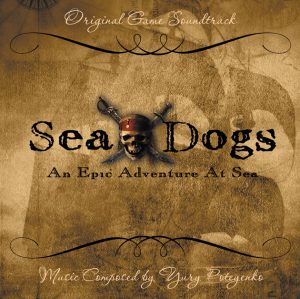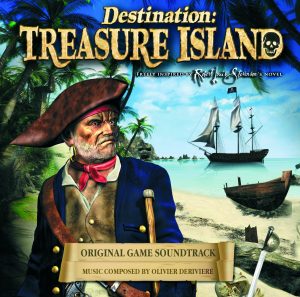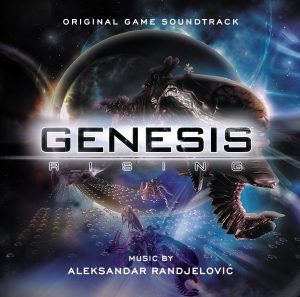Description
“The Abbey” Original Game Soundtrack
Limited Edition of 500 copies
Label: KMRCD 015
Game Release Date: 2008
Album Date: 2008
Tracks: 28
Time: 49″05
The Abbey (also known as Murder in the Abbey) is a mystery game in the format of a classic point-and-click adventures. The story was been penned by Emilio de Paz, who, among other games, was also responsible for the highly successful Clever & Smart: A Movie Adventure. By using the mouse and the keyboard, the players must guide Leonardo de Toledo and his assistant Bruno through the faithful reproduction of a real medieval abbey in order to reveal the building’s secrets. The story may remind some to Umberto Eco’s The Name of the Rose with the same oppressive, yet beautiful atmosphere present in the game.
The innovative game technologies in The Abbey enable new camera angles and sequences which, until now, have only been seen in movies. The cinematic presentation through a new method of combining 2D and 3D graphics is unique to point-and-click adventure games with memorable characters helping or hindering you on the mission. There’s great attention to detail: the game contains a complete reproduction of a medieval abbey, with architecture, works of art, secret passages, and hidden treasures. And of course, there are over 70 minutes of orchestral soundtrack played by the City of Prague Philharmonic Orchestra.
The music was written by Emilio de Paz who also wrote, produced and directed The Abbey. De Paz’s past in video games goes back as far as 1996 when he worked Dracula: The Vampire Strikes Back, a 2D point-and-click where the players must take control of John Hacker(!) to save a girl from Count Dracula. Another game by de Paz was El Tesoro de Isla Alcachofa, a parody of Robert Louis Stevenson’s Treasure Island that eventually lent its name to de Paz’s game developing company Alcachofa.
The music for The Abbey is based around character themes and scenic cues that are played in a great variety of locations. The score is naturally deeply invested in religious melodies and attentive fans may find familiar and interesting tunes lurking within our suites of cues. The orchestration omits trumpets but gives special prominence to church organs and tubular bells. Accordingly, the music must balance between the religious sound, medieval folklore and some comical cues that turn more darker as the mystery deepens. The first themes were written in 1998 and the score was recorded in 2002 – now in 2008, the CD can be yours as well.

![Abbey_list_24_1_crv [Converted]](https://keepmovingrecords.com/wp-content/uploads/2009/12/The-Abbey_cover.jpg)



